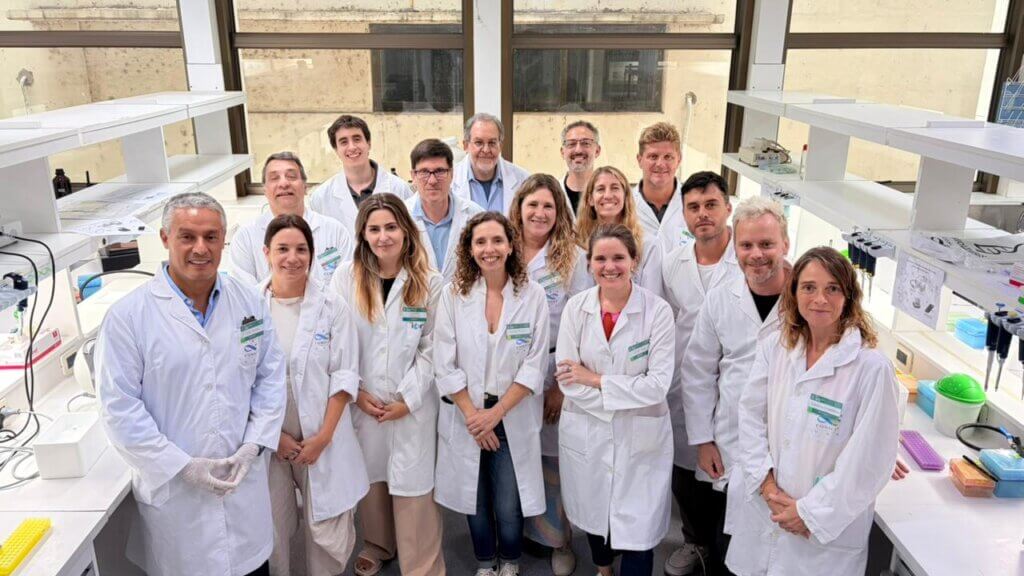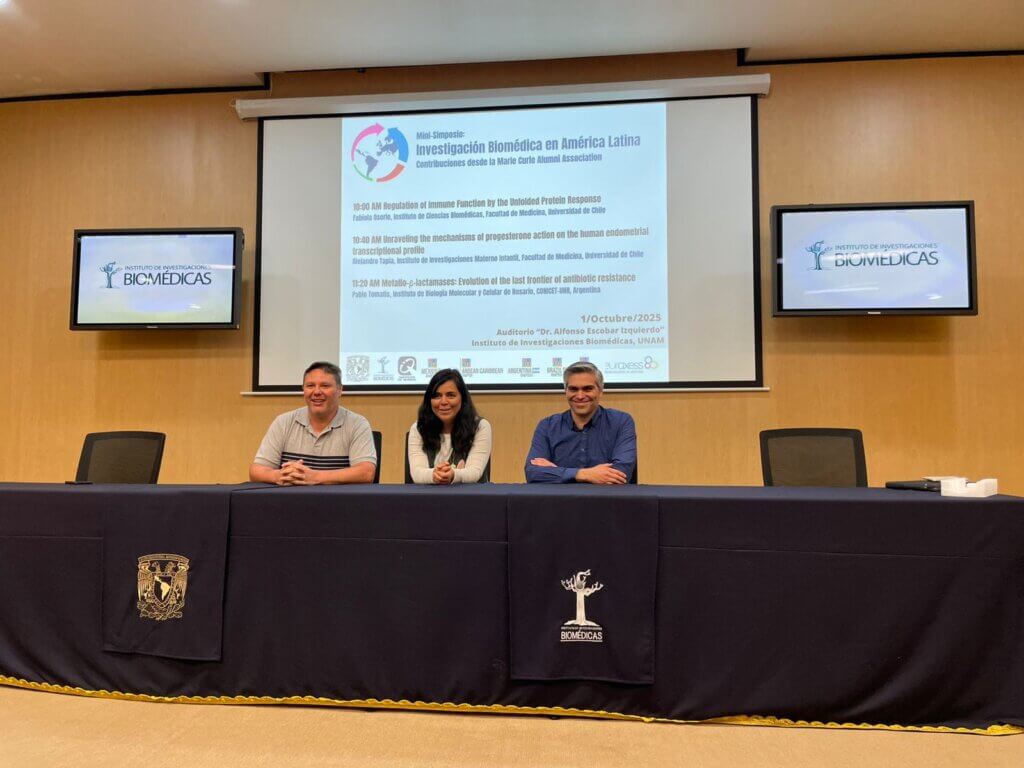Huntington’s disease (HD) is a neurodegenerative disorder caused by the expansion of a CAG trinucleotide repeat in the first exon of the HTT gene. The resulting mutant huntingtin (mHTT) protein acquires toxic conformations and aggregates within the cells, leading to neuronal dysfunction and death. There is no cure for HD and current treatments are palliative. We have shown that levels of ganglioside GM1, a glycosphingolipid highly enriched in the brain, are decreased in HD models. Administration of exogenous GM1 reduces levels of soluble and aggregated mutant huntingtin in HD mouse brains, slows down neurodegeneration and corrects motor as well as cognitive and psychiatric-like dysfunctions in HD mice. Preliminary data suggest that, at least in part, the beneficial effects of GM1 might be mediated by increased secretion and clearance of mHTT through extracellular vesicles. Overall, our data suggest that GM1 has profound disease-modifying properties in HD mouse models and could be a novel treatment for HD. (La Dra Sipione es invitada del Dr. Hugo Gramajo)
NOTICIAS
NOTAS RECIENTES
Sede CCT Rosario
Ocampo y Esmeralda, Predio CONICET-Rosario
2000 Rosario, Santa Fe, Argentina
Tel. 54-341-4237070 / 4237500 / 4237200
Sede Facultad de Ciencias Bioquímicas y Farmacéuticas
Universidad Nacional de Rosario - Suipacha 531
2000 Rosario, Santa Fe, Argentina
Tel. +54 341 4350596 / 4350661 / 4351235
© 2025 IBR. Created for free using WordPress and
Colibri







